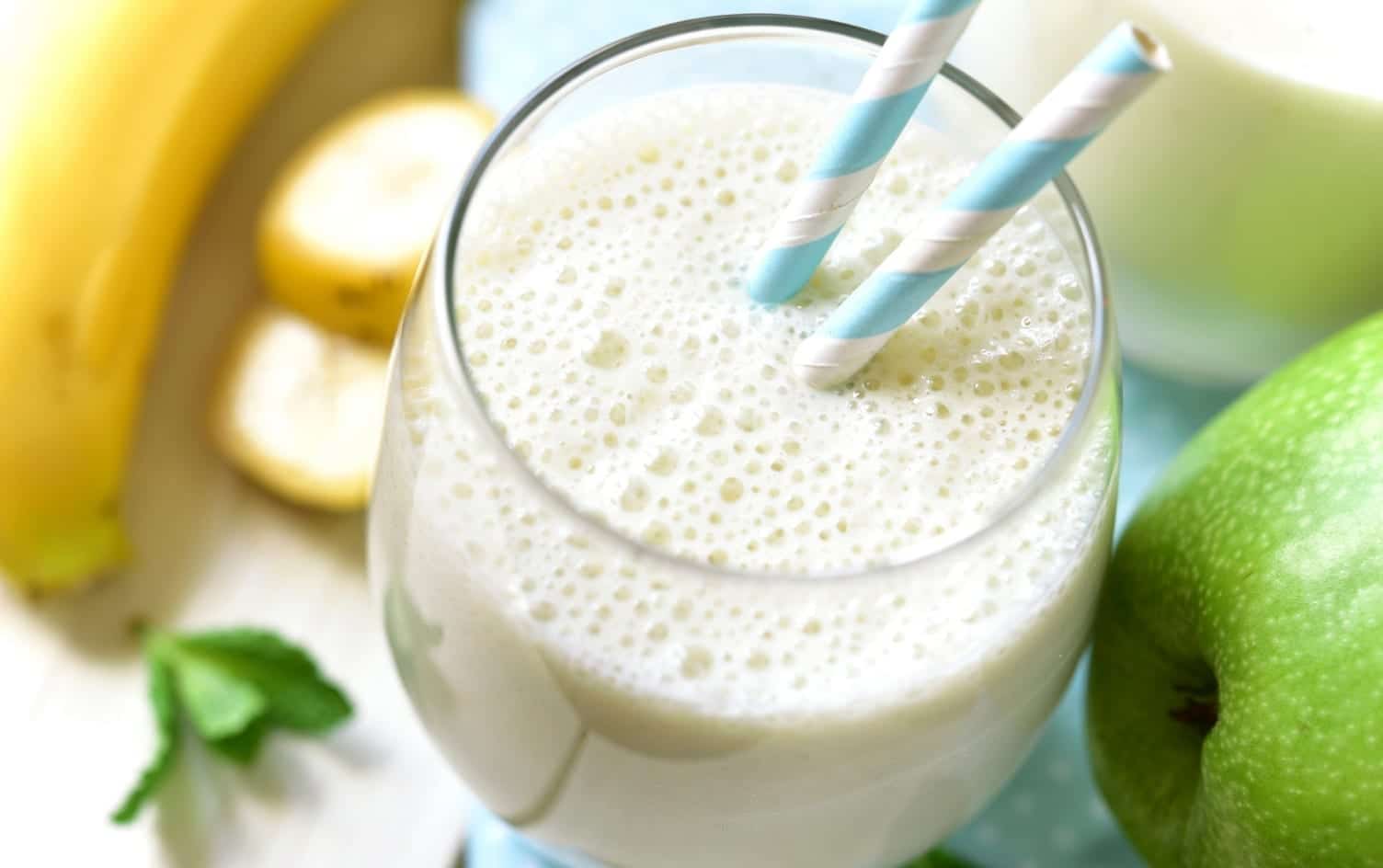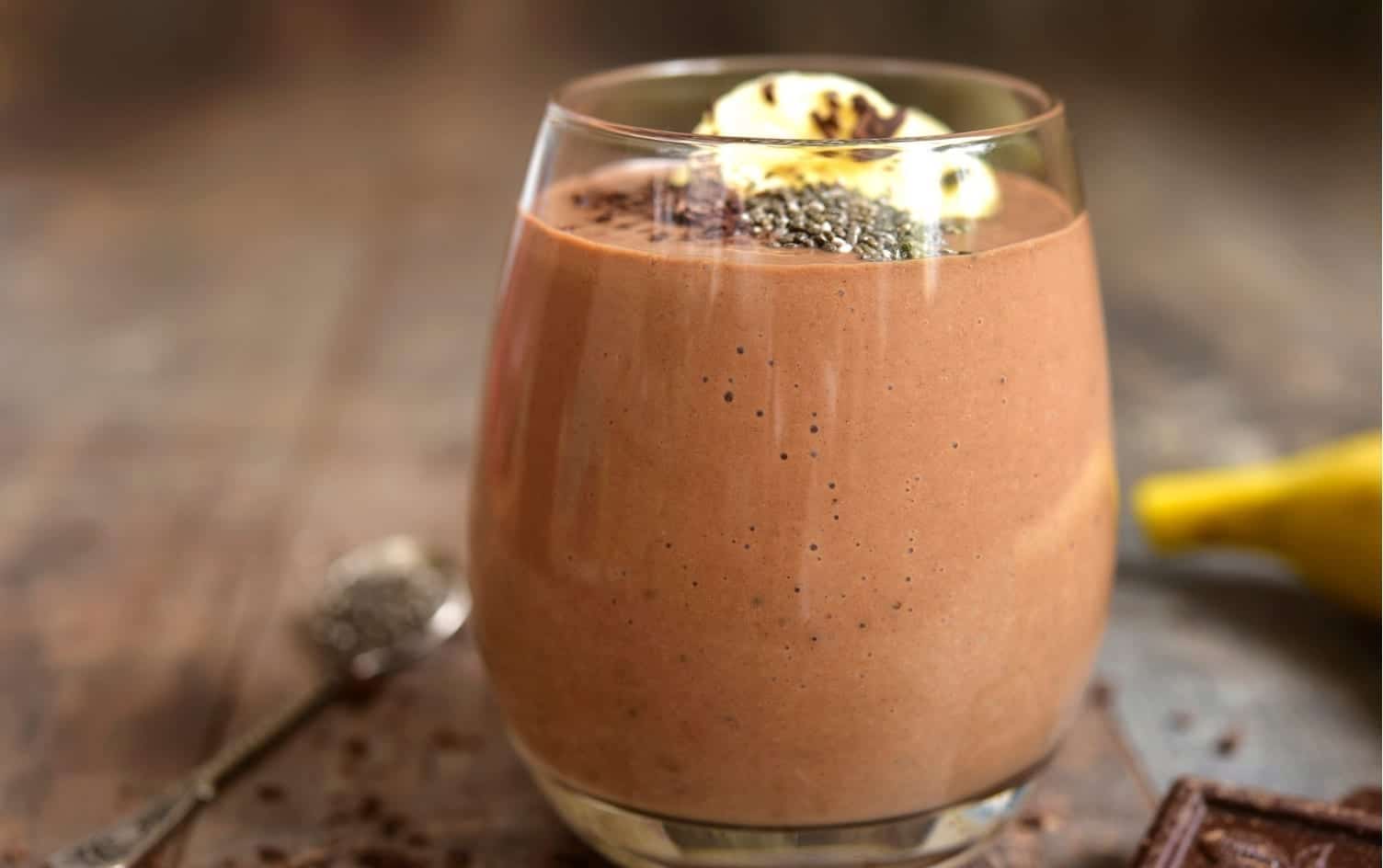Butter’s reputation has bounced around over the years–from being labeled a dietary danger to being embraced as a natural, wholesome kitchen staple. So it’s no surprise if you’re uncertain about where it fits in a healthy eating pattern. What may be even more confusing is where margarine fits into the picture.
Thankfully, you’re in the right place. Let’s take a look at the facts, so you can figure out if and how butter can fit into your eating routine, and how much you can include.
What’s Actually in Butter?
Butter is made by churning cream until the fat separates from the liquid, creating a rich spread that’s roughly 80% fat (3, 4). The majority of that fat is saturated, the kind linked to raising cholesterol when consumed in large amounts. A tablespoon of butter contains around 100 calories, so it adds up quickly if you’re not measuring or being intentional about portion sizes (4).
Beyond fat, butter contains trace amounts of fat-soluble vitamins like A, D, E, and K (5). However, it’s not a significant source of these nutrients unless you’re eating quite a bit. I wouldn’t recommend eating butter for the nutritional content since you can get these nutrients from healthier foods (2).
You may have heard that grass-fed butter is more nutritious than the conventional kind. It’s true that butter from grass-fed cows may contain slightly more omega-3s along with a touch more conjugated linoleic acid (CLA)—a fatty acid being studied for its potential health benefits (6). Grass-fed butter may also have slightly less saturated fat (6). But the differences are modest and don’t change the overall picture much. Butter is still a high-calorie, high-saturated-fat food best used thoughtfully in moderation, where it makes sense (2).
You might also like
The Link Between Butter and Heart Health
Concerns about butter and heart health date back decades due to its high saturated fat content (7). Diets high in saturated fat have been associated with increased levels of LDL cholesterol—the type linked to a greater risk of heart problems over time (8). That’s why public health recommendations have long advised limiting saturated fat (1, 8).
The Dietary Guidelines for Americans suggests to keep saturated fat to less than 10% of total calories, or about 13 grams of saturated fat daily (8). That’s a little less than the amount in two tablespoons of butter (4).
Of course, food choices rarely happen in a vacuum. What you’re eating instead of butter matters, too (2). Replacing it with refined carbs won’t improve heart health, but swapping in unsaturated fats from plant sources, like olive oil or nuts, can have a positive impact (2). In real life, that would look like sauteeing your vegetables in olive oil instead of butter, for example.
While science has evolved, the general consensus remains that there’s value in keeping your saturated fat intake modest and choosing a mix of heart-healthy fat sources for the best long-term outcomes (2).
About the Experts
Katherine Basbaum, MS, RD is Food Data Curator at MyFitnessPal. She received her Masters in Nutrition Communication from the Friedman School of Nutrition Science & Policy at Tufts University and completed her Dietetic Internship at UVA Health, where she also works as a nutrition counselor for cardiology patients.
Samantha Cassetty, MS, RD is a nationally recognized food and nutrition expert, media personality, nutrition consultant, and author. Cassetty is a former nutrition director for Good Housekeeping and the co-author of the book Sugar Shock.
Butter vs. Margarine vs. Oils: What’s the Healthiest?
Butter is high in saturated fat, while oils like olive, avocado, and canola are rich in heart-healthy unsaturated fats (2). Margarine lands somewhere in between. Older formulations contained trans fats, which are now widely recognized as particularly harmful to heart health (9).
“Saturated and trans fats have shown to be harmful when consumed in excess, but there is strong evidence that polyunsaturated and monounsaturated fats provide health benefits related to inflammation and heart disease,” says Katherine Basbaum, RD, a MyFitnessPal registered dietitian (9). Brookell White, RD, adds, “Replacing saturated fat with unsaturated fats can help lower LDL cholesterol and reduce your risk of heart disease” (9).
Most modern margarines are made with plant-based oils and no longer contain trans fats (2). Soft, tub-style varieties—often labeled as spreads—can be a better choice than butter, especially for those looking to cut back on saturated fat (2).
Still, many spreads are highly processed and may include unnecessary additives. That’s why I generally recommend using minimally processed oils, such as avocado or olive oil, for everyday cooking (2).
Common Myths About Butter
Butter is natural, so it’s automatically healthy.
It’s true that butter is made from a natural process–churning cream–but that doesn’t mean it’s health-promoting (3). Plenty of natural foods can be unhealthy in excess, so it’s important to pay attention to nutritional quality, portion size, and the other foods in your diet (2).
In this case, olive oil and avocado oil, which are both natural, tend to be better for you options (2). If you’re looking for something to spread on toast, a buttery spread, or spreadable butter made with avocado or olive oil, are alternatives with less saturated fat (2).
Butter causes weight gain.
No single food causes weight gain on its own (10). Weight gain happens when you consistently consume more calories than you burn (10). That said, butter is calorie-dense, and you can easily consume more calories than you may intend (4). Keeping an eye on how much you use and tracking your calorie intake using MyFitnessPal can help you stay within your daily calorie goals.
Butter is making a comeback, so it must be healthy now.
Butter has enjoyed a bit of a health halo recently, thanks to certain trends celebrating all-natural foods (2). But a shift in perception doesn’t change science. While small amounts of butter can fit into a healthy diet, that doesn’t mean it should take the place of oils and other fats with clearer health benefits (2).
Butter is a great source of vitamins.
Butter does contain fat-soluble vitamins like A and D, but only in small amounts (5). You’d need to eat a lot of butter to meet your needs, and I wouldn’t recommend that as it would lead to excessive saturated fat and possibly calories (2). You’re better off getting these nutrients from other foods, including leafy greens, fish, and eggs.
Butter is better than margarine.
This one depends on the type of margarine. Soft margarines made with plant oils can be a great choice as long as they’re lower in saturated fat–you’ll need to read the label. (2).
How Much Butter Is Too Much?
The USDA dietary guidelines suggest limiting saturated fat to less than 10% of your daily calories, suggesting that most people eat less than 20 grams of saturated fat per day (1). Since butter contains around 7 grams per tablespoon, two tablespoons could put you near your daily goal (5). That means you’d exceed the goal when eating a varied diet with cheese, meats, or baked goods (1).
The American Heart Association’s goals are even more conservative (8). They say to have no more than 13 grams of saturated fat per day–an amount you’d exceed if you ate two tablespoons of butter (8).
Rather than cutting butter out entirely, think about how often and how much you’re using (2). A small amount can spruce up veggies or make a slice of whole grain toast more enjoyable.
But for the most part, consider cooking with healthy oils, like avocado and olive oil, and accent meals with other healthy, plant based fats (2). For instance, try skipping the butter and mashing some avocado on your toast instead.
Use MyFitnessPal to help support you to make more intentional and informed choices. It can help you identify when there are opportunities to make healthier choices.
Frequently Asked Questions: Is Butter Bad For You?
Is butter worse than margarine?
It depends on the type. Newer tub-style margarine spreads made with plant oils and no trans fats can be a healthier choice (2).
Can I eat butter on a heart-healthy diet?
Yes, but keep portions small and make sure most of your fats come from unsaturated sources (2). Also, make sure you’re staying within healthy saturated fat limits (2). You can use MyFitnessPal to track your intake.
Is ghee healthier than butter?
Ghee contains no milk solids or lactose, so it may be better tolerated for some people, but it has 9 grams of saturated fat per tablespoon, so I wouldn’t categorize it as healthier than butter (11, 12).
Is grass-fed butter better?
It has minor differences in nutrients like omega-3s, but I wouldn’t choose butter for its omega-3 content (6). You’ll get much more from other sources, such as walnuts and fish. Either way, it’s helpful to reduce the amount of butter (and other sources of saturated fat) in your diet (2).
How much butter is safe to eat per day?
That depends on the other foods you eat (2). Most people should consume less than 20 grams of saturated fat per day, and some people may need even less (1, 8). Instead of thinking about how much butter you can eat, consider where it makes sense to choose an unsaturated fat, such as when sautéing vegetables or seasoning grains (2).
The Bottom Line
Butter doesn’t need to be completely off-limits, but it’s not something to lean on heavily either (2). If you like a little bit of butter on your toast or its rich flavor makes sense in a recipe, it can be fine as long as you’re staying within your saturated fat targets (2).
What matters most is the overall balance in your eating pattern (2). Making heart-healthy oils your everyday go-tos for cooking and limiting the saturated fat in your overall diet can help you make space for a little bit of butter sometimes (2). MyFitnessPal makes it easier to stay on track and make informed swaps to support your goals.
The post Is Butter Bad for You? The Myths & Facts appeared first on MyFitnessPal Blog.
Publisher: Source link





